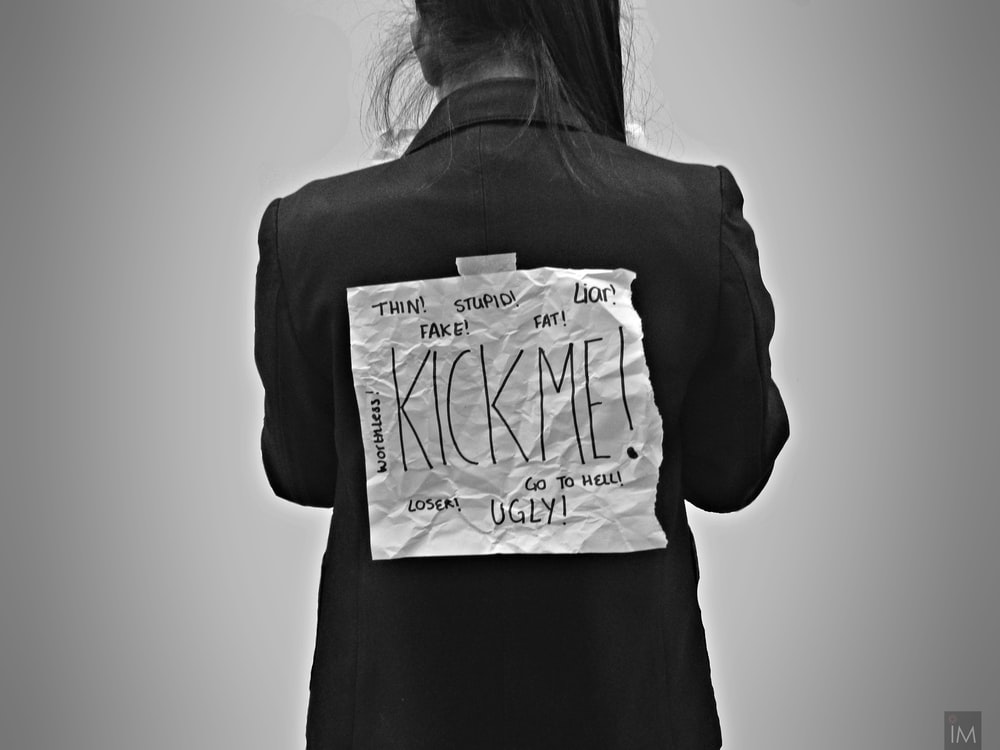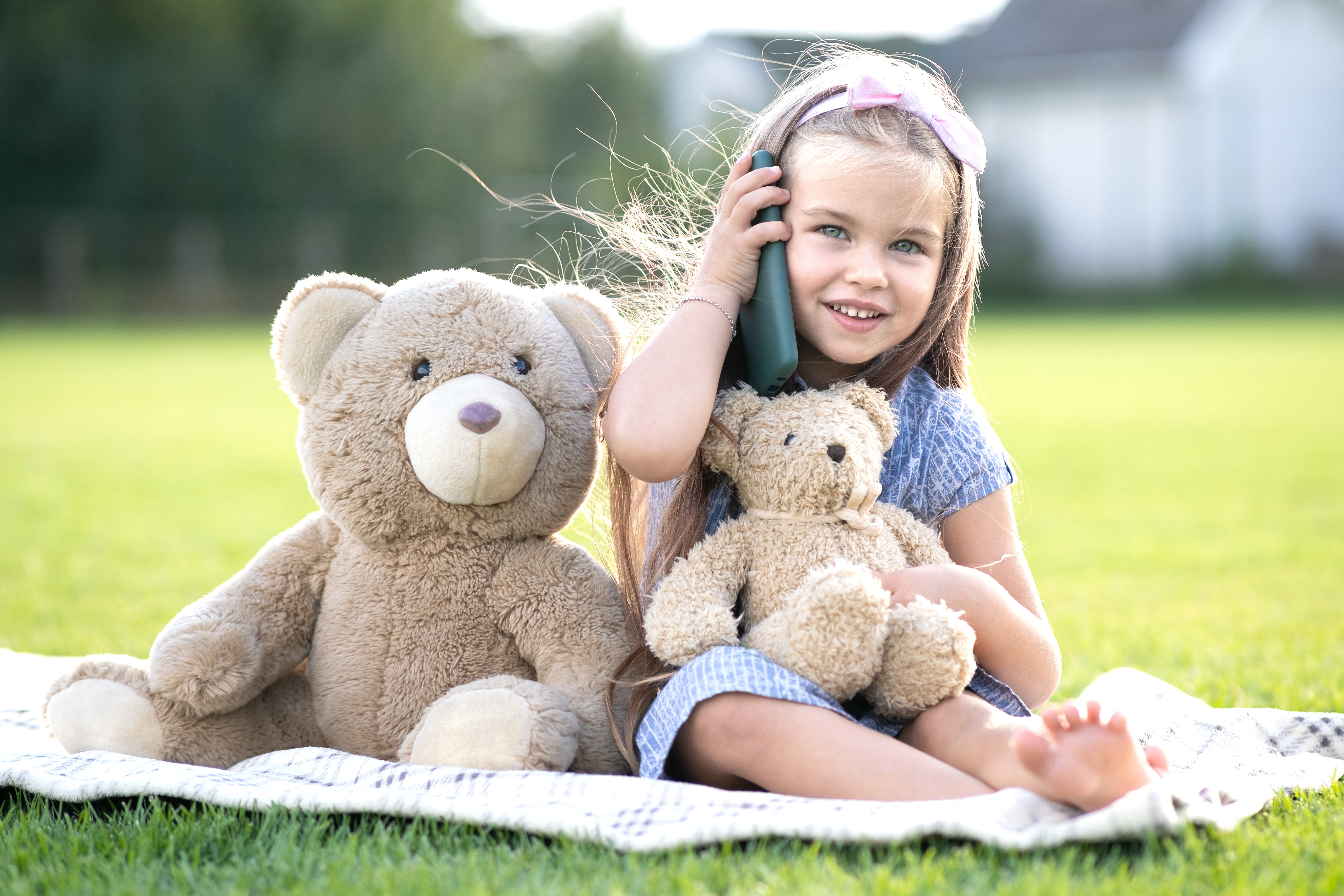What if Your Child is the Bully: A Guide for Parents

What are you going to do when you receive that dreaded phone call from your child's school,
"Hi is this Mrs T? This is Principal H."
"I wanted to talk to you about Timothy. We have been receiving complaints from several parents that he has been picking on his classmates."
Last year, the bullying of a Primary 5 student drew widespread attention when her sister took it to social media to talk about it. The community expressed their sympathy for the victim and apologies were issued by the victimisers.
This incident sparked a chain of other questions:
- “What leads to these kinds of unfortunate situations?”
- “Are their parents checking upon them?”
- “How could they let their child behave so badly?”
But the truth is that bullying behaviour may not be immediately noticeable to parents, who may be unaware of what their child is doing outside of the home.
You're going to experience a range of strong emotions if you discover your child is bullying others. These emotional reactions are normal for parents who want to believe that their children would never intentionally harm others.
To be an effective advocate for your child, you must first acknowledge your emotions and then focus on developing an action plan to assist your child.
What is bullying?

Bullying is not the same as the typical conflicts in schools. It is a deliberate act that injures, harms, or humiliates a student, either physically or emotionally, and can occur at school, in the community, or online. The behaviour is usually repeated, though it can be a one-time occurrence if it is extremely severe or results from a pattern of behaviour.
Bully? Or a child who bullies?
Bullying is a behaviour, not an identity. Labelling a child as a “bully” implies that their behaviour is fixed and unlikely to change. But behaviour can and does change.
Adults attempting to resolve a bullying situation should avoid labelling the child engaging in bullying behaviour as a "bully." When we label a child as a "bully," we send the message that they will never be able to change their bullying behaviour. It makes everyone, including the child, believe that they will always be a "bully."
Bullying is a behavior, not an identity.
Consider using the terms "child who bullies" or "a child exhibiting bullying behaviour," which both acknowledge that they are, first and foremost, children and that they have demonstrated a negative behaviour.
Children who engage in bullying behaviour must be held accountable for their actions and given appropriate consequences, but it is also important to figure out why they are doing so. Adults have an important role in helping children make long-term, positive changes by addressing the behaviour and its causes.
Why do they bully?
While there aren't conclusive indicators of why a child bullies, research has shown that they may have one or more of the following traits:
- Positive views towards violence
- Often aggressive towards parents, teachers and other adults
- A need to control and dominate others and situations
- Hot-tempered, impulsive and easily frustrated
- Often tests limits, boundaries and breaks rules
- Good at talking their way of difficult and tense situations
- Show little sympathy towards others who are bullied
If you notice these characteristics in your child or hear from others that your child is bullying, it is critical that you investigate the situation.
Bullying is a learned behavior that can be "unlearned" and replaced with more positive ones.
Don't despair if you discover that your child is bullying others. Because bullying is a learned behavior that can be "unlearned" and replaced with more positive ones. You can teach your child more appropriate ways of dealing with emotions by talking with him or her and seeking help.
How you can help your child to stop bullying?
1. Meet with their teacher
It's important to meet with the teacher and to listen to their perspective without being judgemental. This allows you to have a better understanding of what happened.
Cooperation with your child’s school is also important. It is important to communicate with teachers or administrators on a regular basis to learn how your child is progressing in changing his or her behaviour. It helps to share with the teacher if you are having any family problems.
2. Sit down and talk with your child
Set up a safe environment to have the conversation. A good place would be in the child's room.
Be direct about the issue, but make it clear that you are open to hearing your child’s side of the story. Say something along the lines of: “I got a call from the school today, and the teacher indicated that you were involved in some bullying. I’m really concerned about this, and we need to talk about it. Please tell me what happened.”
Children may not always recognize their own bullying behaviour. They may see it as "just having fun," not realizing the serious consequences for another child. It is important to help them understand what is bullying and emphasize that negative behaviour will not be tolerated.
3. Find out why they are behaving this way
Through an open, non-judgmental discussion, find out why your child is behaving in such a manner. You could ask your child how they are feeling, if they are being bullied by others, or if they are feeling peer pressure from peers who are also bullying.
Depending on the age of the child, you might need to ask some leading questions to guide them. Some questions that might help:
- “You’ve said that a lot of people laugh at the jokes you've made about your classmate. How do you think he feels about these jokes?”
- “How would you feel if you were being treated this way?”
- “You’ve said it’s funny that J gets upset when he’s teased. Can you tell me more about that?”
4. Be sure that it is a behavioural issue
In some cases, children with disabilities who have specific emotional and behavioural disorders or limited social skills may act in ways that can be misinterpreted as bullying. You could seek professional advice in such cases for help.
5. Execute meaningful consequences
Punishments for bullying behaviour can be effective, but they should be meaningful and limited in scope. It isn't a one-size-fits-all where you simply use the same punishment for everything.
Say, for example, you find out that your child has been snatching toys from her peers, her actions should be met with immediate confiscation of her toys.
The duration of the punishment can work against you instead. The kid may have the impression that she is never going to get it back and thus give up trying.
You want to make it so that the time within which punishment happens and the amount of time for which it happens are really balanced to have the biggest effect.
6. Make it right
Behavioural changes don't happen on their own. You cannot expect your child to grow out of it. It is critical to consider the steps that are appropriate for you, your child, and your situation. Consider how things could be different and what needs to change. Then, decide who needs to be involved and what steps need to be taken.
Here's a plan that you could use.
To sum it up
In some ways, the most important action you can take is to have an open line of communication with your child about his daily life, which will put you in a better position to detect signs of bullying and trouble.
Talk to your kids and be very present in their lives. They need to know that you care about them and that you are aware of what is going on in their lives.
A smart school management system is here to make your life easier by keeping the line of communication open - not just between you and your child, but also with their school.
If you are still looking for a system that will work well for your school's operations, you can contact LittleLives to see how we can help!



